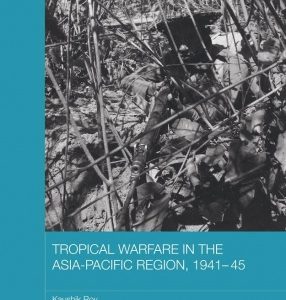
Kaushik Roy

Showing all 14 books
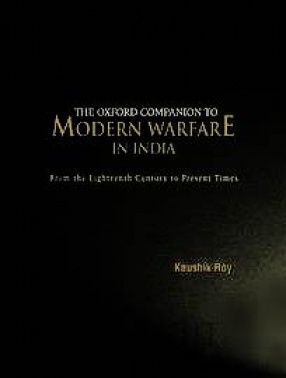
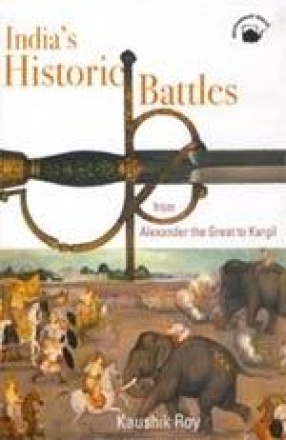
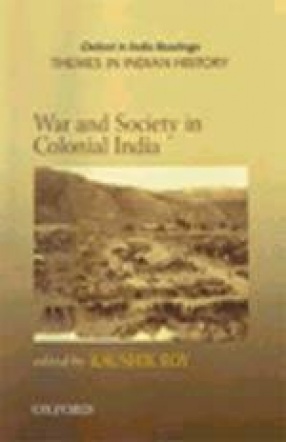
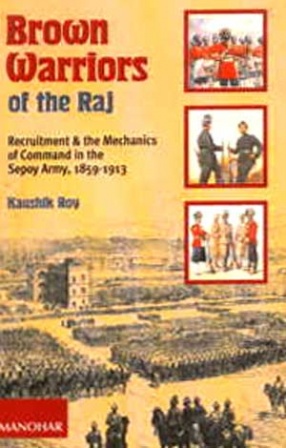

This is the first book to provide a comprehensive overview of the land war during the Second World War in South-East Asia and the South and South-West Pacific. The extensive existing literature focuses on particular armies – Japanese, British, American, Australian or Indian – and/or on particular theatres – the Philippines, Papua New Guinea, Malaya or Burma. This book, on the contrary, argues that warfare in all the theatres was very similar, ...
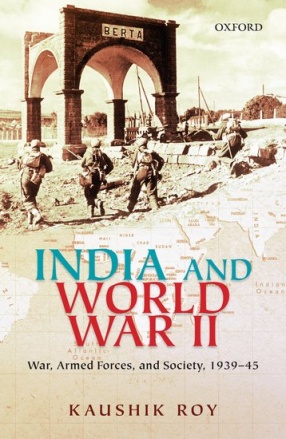
The Second World War remains a defining chapter in modern world history. Colonial India’s involvement in the war has often been studied against the backdrop of the ongoing freedom struggle, the varying attitudes of the Indian National Congress and the Muslim League, and the formation of the Azad Hind Fauj under Subhas Chandra Bose. Moving beyond the claims of how Indian resources and soldiers aided the Allies in winning the war, this volume explores the ...
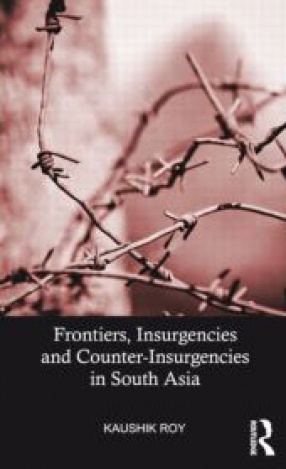
This book uses cross-cultural analysis across Eurasia and Afro-Asia to trace the roots of contemporary border disputes and insurgencies in South Asia. It discusses the way frontiers of British India, and consequently the modern states of India and Pakistan, were drafted through negotiations backed up by organized violence, showing how this concept found its fruition in present-day counter-insurgency measures.
Contents: Preface. Introduction. 1. British India, ...
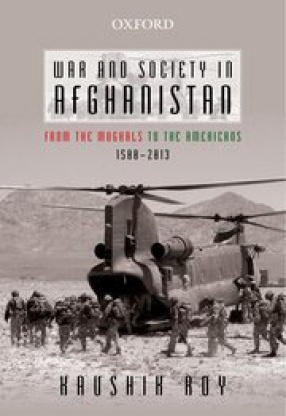
Over the last five centuries, Mughals, British, Soviets, and Americans won many conventional campaigns in Afghanistan but were not very successful in the unconventional ones. Taking a comprehensive view of the troubled history of the region, and with a narrative revolving around three interrelated concepts—weak state, great power rivalry, and counter-insurgency—this book provides a political and military account of war in Afghanistan, both ...
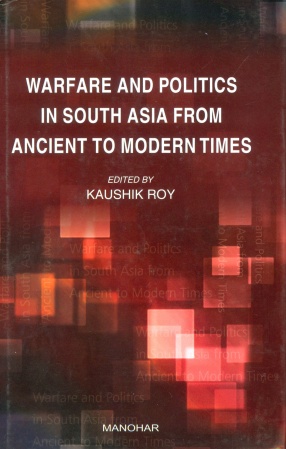
This volume presents fifteen original essays on warfare based on primary sources by scholars from different parts of the world. Spatially, the pieces cover the period from the Vedic to the nuclear Age. And temporally, they not only cover the whole of the subcontinent but also link the historical trajectory of South-East Asia with that of South Asia.
Warfare in this volume has been defined broadly, While some essays focus on inter-state war, others turn the focus ...
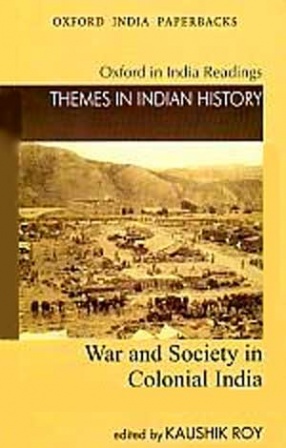
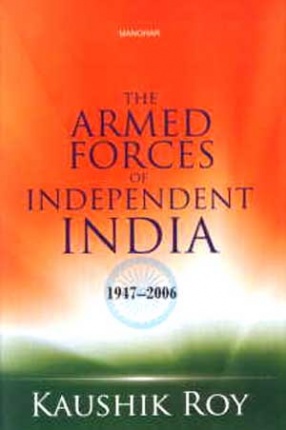
The Indian Army with one million men is the third largest in the world. The Indian Air Force is the second biggest Aerial Armada in Afro-Asia. And the Indian Navy is the most powerful Naval Force among the Indian Ocean states. To cap it all, India's nuclear arsenal is the sixth largest in the world. In this monograph, an attempt has been made to analyse the historical evolution of independent India's armed forces. The development of the armed forces as an ...

Warfare, State and Society in South Asia includes 26 essays organized under five sections. The Editor's introduction provides the background and puts the essays in historical context, also sketching the changing contours of military historiography. This comprehensive collection of scholarly writings in military historiography focuses on the relationship between war, state and society in Indian history from ancient to modern times. It not only throws light on ...

India’s colonial experience and contemporary geo-strategic significance makes the genesis of modern warfare in the subcontinent crucial to the understanding of international military history. Providing a comprehensive account, this Companion explores the transition in warfare especially focusing on strategy, technology, tactics, and the socio-political impact of modern warfare in the subcontinent from its inception in the 1740s till the present times. ...

Face power came into common use through French soldiers who wanted to hide their scars, and baggy trousers were first used by American paratroopers in the Second World War. Everyday life, as well as the destinies of vast populations, are decisively affected by warfare. Battles are central to warfare. This book describes twelve great battles which changed the course of India's history. The book takes recent researches into technology, military theory and ...
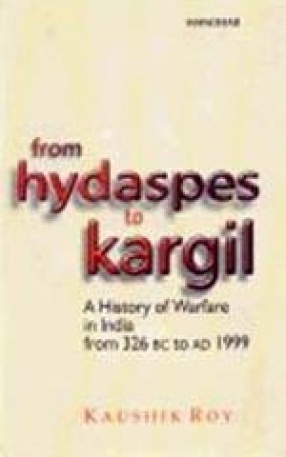
Warfare has determined the fate of India from the dawn of civilization. Battles like Tarain and Panipat have altered the course of history. The army has always been one of the biggest government employers and the military constituted the principal item of expenditure for the state. Nevertheless, military history remains marginal within the academic discourse. In this volume, the aim is to show the interaction between war as an institution and society. Along with ...

The role of armies and warfare in shaping colonialism in South Asia has not received much attention in academic history-writing. The sepoy army constituted the largest government employer for the colonized. Military service under the colonial regime also moulded the structure and ethos of the subject populace. Part of the prestigious Themes in Indian History series, this volume analyses the complex dialectics between warfare, the British-Indian war machine, and ...

The Sepoy Army was one of the pivots of Britain's overseas empire. After 1857, this army policed the subcontinent as well as Britain's extra-Indian overseas possessions. The importance of the Sepoy Army for the Raj could be gleaned from the fact that it consumed about 30 per cent of the government's revenue. For the colonized also, the colonial army was one of the largest government employers in India. Nevertheless, it remains an underdog both in ...
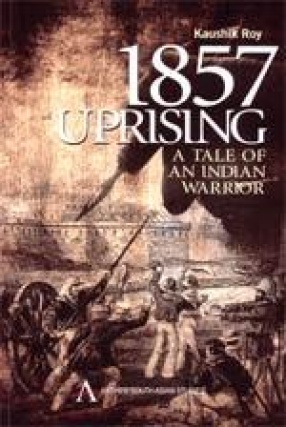
Most of the sources regarding the 1857 Uprising were written by British officials and civilians. From the Indian side we have more or less nothing as regards their experiences of the 'event'. The only exception is the memoir of Durgadas Bandopadhyay which was published in Bengali in the 1920s. Translating this memoir is to ensure wider readership of such a valuable source. Durgadas, an assistant attached with the 8th Irregular Cavalry regiment, provides a ...
